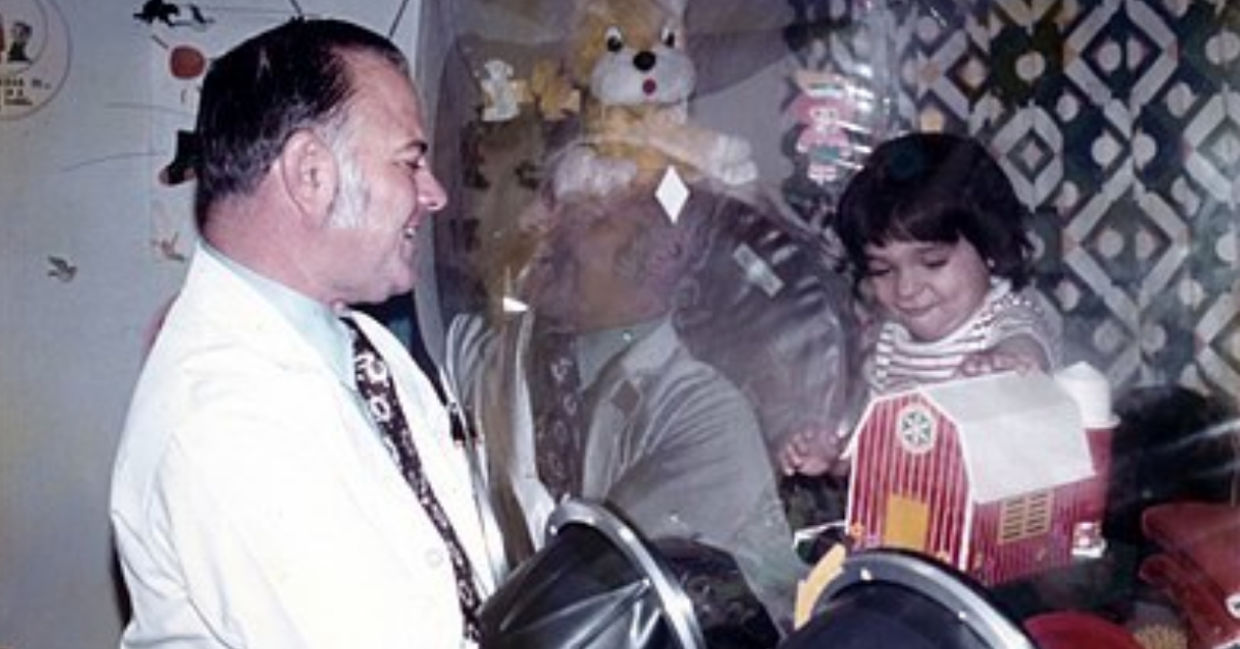
(photograph by Jeremy112233, distributed under a CC0 1.0 license.)
In a historic medical first, researchers have used gene therapy to cure infants born with "Bubble Boy" disease, a rare genetic-based defect that leaves children with severely ineffective or nonexistent immune systems.
The nickname for this immunodeficiency disease came from the sterile protective environment that David Vetter was forced to live in. He was born in 1971 with SCID-X1 and the only cure at that time was a bone marrow transplant from a tissue-matched sibling. David, like 80 percent of people with this disease lacked such a donor.
Now, the research conducted at St. Jude Children’s Research Hospital in Memphis, Tennessee and UCSF Benioff Children’s Hospital San Francisco has cured ten infants born with this life-threatening disease, according to a news release. The children enrolled in the clinical trials are now producing immune cells for the first time.
The research was led by the late Brian Sorrentino, M.D., of the St. Jude Department of Hematology who was also the lead author. The results were published in the April 18 edition of the New England Journal of Medicine.
The gene therapy was created by collecting the infant patients' own bone marrow with a correct copy of the IL2RG gene, the one where the defect occurs, into the DNA of the patients' blood stem cells. The cells were then frozen and after testing for quality, reinserted back into the infants along with low-dose busulfan.
“We found that the addition of very low doses of busulfan based on a model developed at UCSF increased engraftment of gene-corrected stem cells in the bone marrow without causing the side effects associated with standard doses,” said co-author Mort Cowan, a UCSF professor of pediatrics and the principal investigator of the clinical trial at UCSF.
According to the study, within three months of treatment, gene-corrected immune cells were present in the blood of nine of the patients (one patient required a second dose of gene therapy) including T cells and NK cells that are required for the body to fight infections.
Also present were antibody-producing B cells, something that is a "first for patients with SCID-X1,” said Dr. Ewelina Mamcarz, study author and faculty member of the St. Jude Department of Bone Marrow Transplantation and Cellular Therapy.
“These patients are toddlers now, who are responding to vaccinations and have immune systems to make all immune cells they need for protection from infections as they explore the world and live normal lives,” she said.
None of the children have developed any life-threatening infections since receiving gene therapy.
David Vetter died at age 12 from lymphoma four months after receiving a bone marrow transplant. His mother Carol Ann Demaret believes that many children have gone on to live normal lives because of what was learned from her son's life and death. The progress made thanks this new research will save even more.
“While longer follow-up is needed to assess any late effects of treatment, these results suggest [that] most patients treated with this gene therapy will develop a complete durable immune response without side effects,” Cowan said.
This is a very good outcome for the children who are born with immunodeficiency to live their lives in the real world without having to live in protected sterile bubbles.
YOU MIGHT ALSO LIKE:
A Groundbreaking Gene-Therapy to Cure Blindness Passes Trial
Science Can Now Grow Healthy Lung Tissue From Stem Cells
9 Simple Ways You Can Achieve A Healthier Immune System







